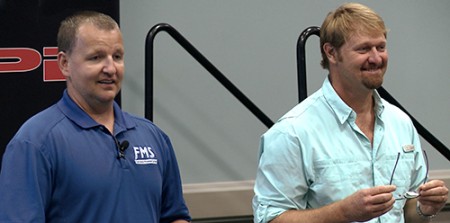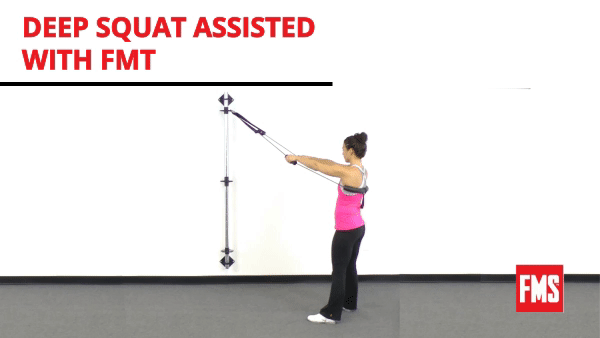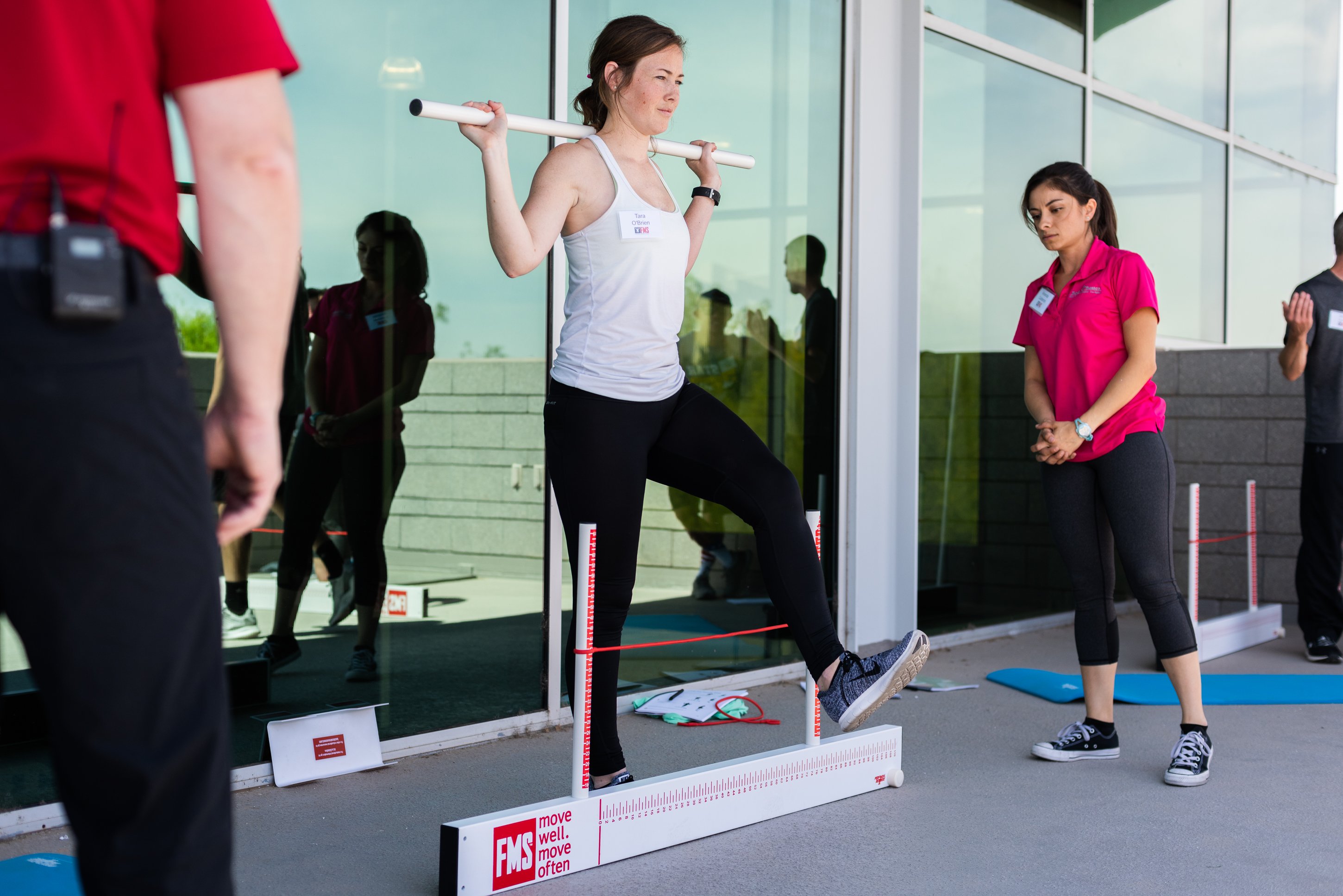Results First: Prioritizing Your Clients' Goals Without Compromising Your System
Written by Alwyn Cosgrove FMS

Alwyn Cosgrove is a fitness coach, author (of 10 books), co-owner of Results Fitness in Santa Clarita (20+ trainers, 300+ members), and a mentor to numerous fitness professionals around the world. Describing him as accomplished would be an understatement. But Alwyn hasn’t achieved success in one of the most competitive markets in the world because he had a magic pill or secret exercise. He is successful because he has developed a system and, most importantly, delivered results.
According to the American Council of Exercise, “70% of people who start a fitness program will quit within 6 weeks.” That is an astounding statistic. While failure to achieve goals isn’t a trend that is limited to the fitness industry, it’s important for us to ask ourselves what we can do better.
To Alwyn, the most important thing is to prioritize clients' goals without compromising his system or standards. Want to lose weight? Done. Get faster? We'll do that. The clients' goal is always most important.
On his popular podcast, FMS Certified strength coach Jason Glass asked Alwyn about the keys to helping clients commit to their exercise programs.
Alwyn’s response was instructive.
“You have to come up with their why. You can’t just push your agenda.”
Those who have seen Simon Sinek’s famous TED Talk are familiar with the concept of “What vs Why.” Identifying the core driver of our goals is critical. But the second part of Alwyn’s answer is just as important and, for some, more convicting.
“If you’re training a football player who wants to run faster and their 40 time gets slower, but their movement gets better, you’re gonna lose a client. You have to find a way to do both.”
Here’s the deal. You CAN do both. Maybe your client wants to get faster, but, as the fitness professional, you know you need to improve movement so that you can program more squats. You can honor your program principles while also addressing your client’s needs, even if your client isn't aware of your agenda.
“If I pick you up in an Uber, you tell me where you want to go, you don’t tell me how you want to get there. As long as the client sees the results they want, we can take the path we want.”
For many clients, there’s no need to overcomplicate the strategy. By establishing a system, you are able to program without bias.
“Write the program as if they move well. Assume all 2’s and no asymmetries. Then look at their screen and decide what you need to modify or remove. If you can't move well, I have to clean up your movement. If you move well, I can make you faster and stronger.”
Using the FMS to identify movement dysfunction helps fitness professionals identify exercises that might be harmful. Once the screen catches the issues, it’s easy to scale the program or exercise to suit their physical capabilities. For example, you can program squats without knowing how your client moves. Assuming they don’t have pain, you can always modify to help achieve both of your goals.
“Everyone will squat, but their screen will dictate how they squat. Don’t let group training be an excuse for lack of personalized programming.”


The squat on the left is achievable for almost any athlete. The squat on the right is challenging for almost any athlete. Assuming no pain, the same pattern can be applied to athletes of vastly different ability.
Here's Alwyn explaining how he incorporates this approach in group training.
Some fitness professionals feign the unfounded concern of “being stuck in correctives.” The bottom line is there’s no such thing. You’re either validating your work by comparing a re-screen to a baseline or you’re trying something new. As Gray Cook says:
“When the people I train do correctives, it’s not a month-long thing. It’s a session thing. As a matter of fact, it’s a ‘couple of minutes’ thing. We drop a corrective that’s not so difficult that you can’t potentially see the benefit almost immediately.”
Use the FMS to demonstrate progress. It will encourage buy-in from your clients.
A ‘1’ on the FMS shouldn’t preclude your athlete from working hard, but it should inform HOW they work. There’s no need to overcomplicate a program. Address the client’s needs while adhering to your core principles.





